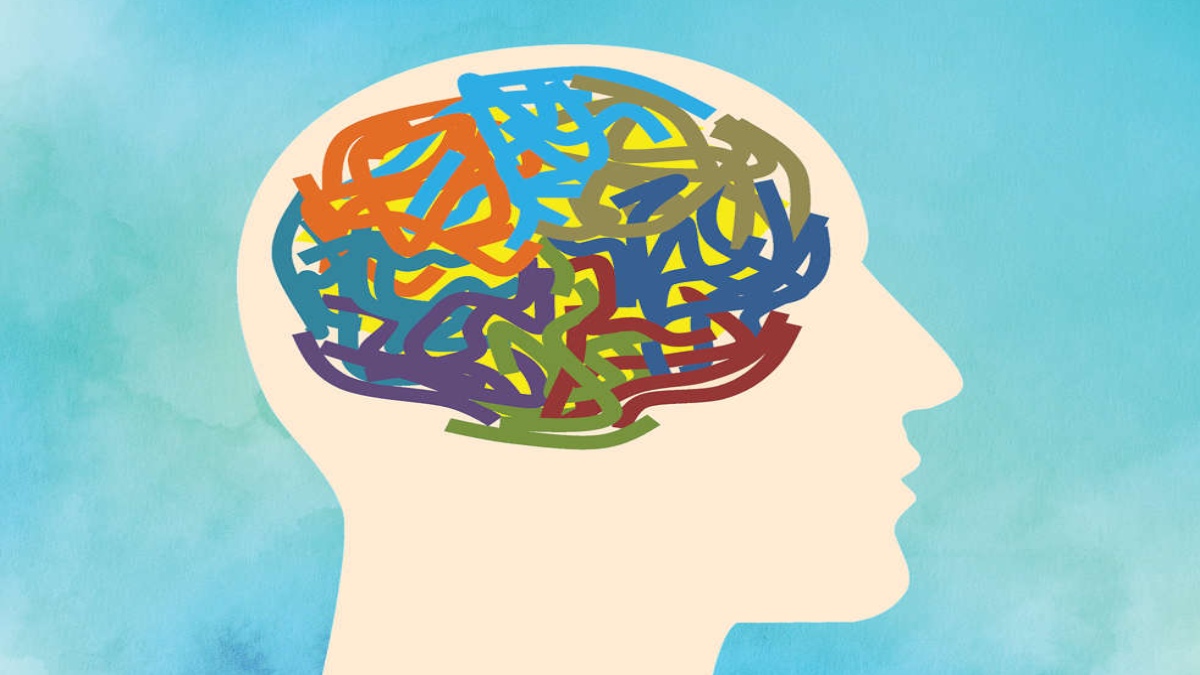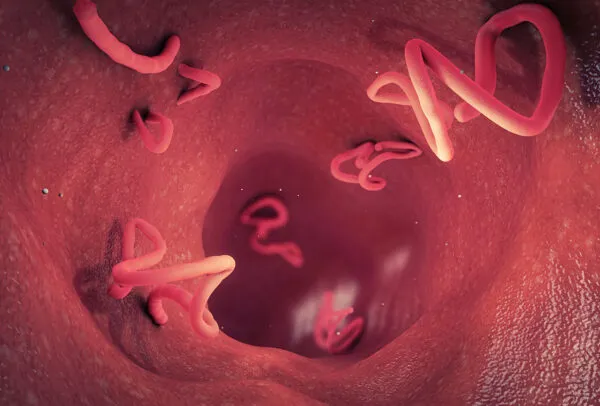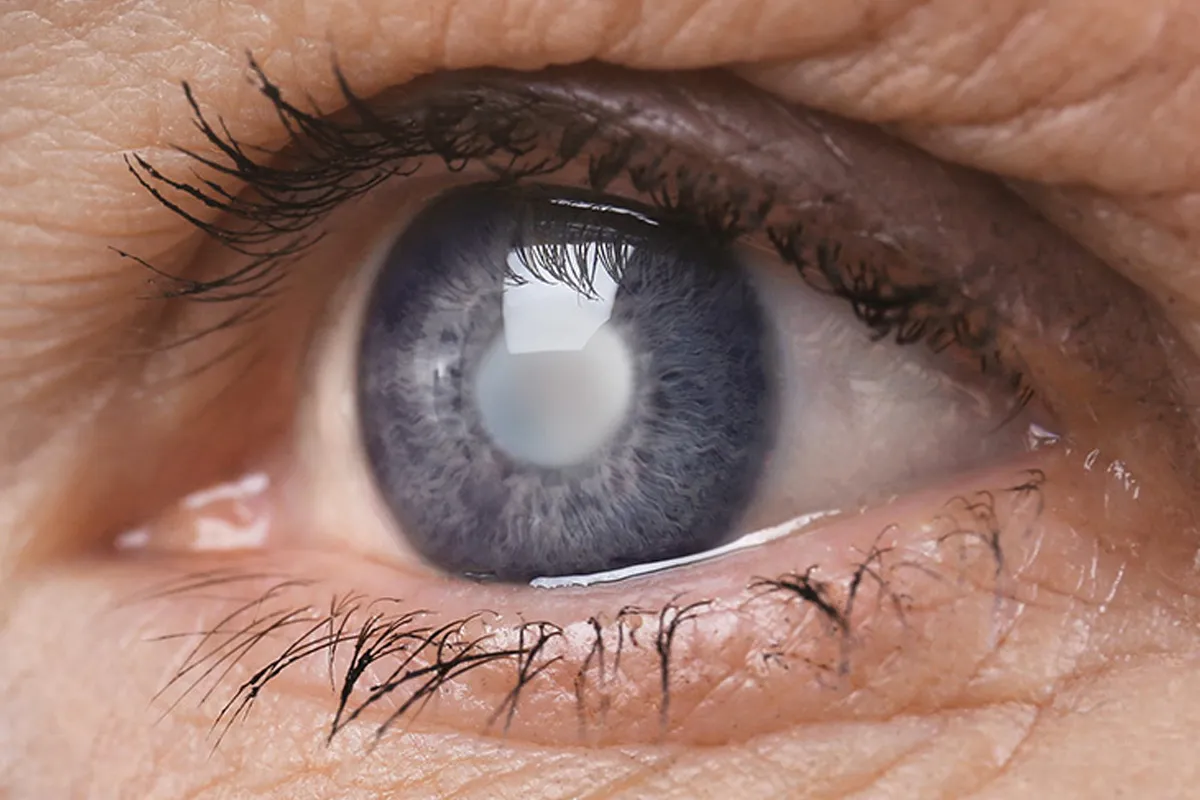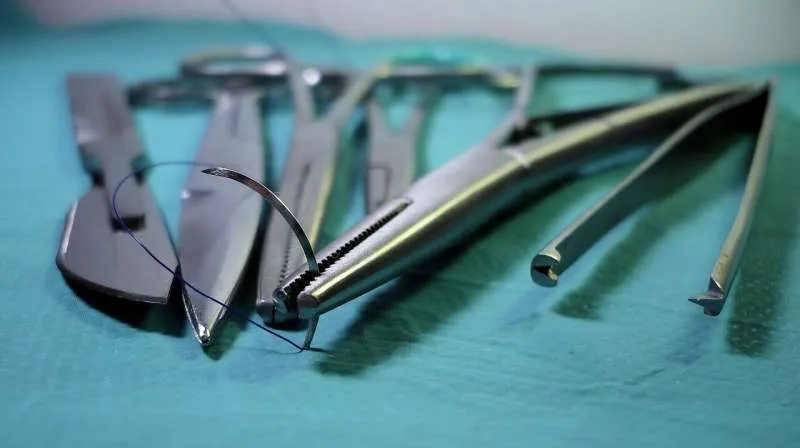According to the findings of a new study by the University of Tokyo, a specially created odour delivery device, along with machine learning-based analysis of scalp-recorded electroencephalogram, has enabled researchers to see when and where odours are processed in the brain.
The study found that odour information in the brain is unrelated to perception during the early stages of being processed, but when perception later occurred, unpleasant odours were processed more quickly than pleasant odours.
Problems with odour perception can be an early symptom of neurodegenerative diseases, so uncovering more of the neural bases of odour perception could help toward a better understanding of those diseases in the future.
Does the smell of a warm cup of coffee help you start your day the right way? Or can you not stand the strong, heady stuff? According to new research, how quickly your brain processes the smell of your morning beverage might depend on whether you think that odour is pleasant or not.
A team at the University of Tokyo created a special device that can deliver 10 diverse odours in a way that is accurate and timely.
The odours were administered to participants who rated their pleasantness while wearing noninvasive scalp-recorded electroencephalogram (EEG) caps, which record signals inside the brain.
The team was then able to process the EEG data using machine learning-based computer analysis, to see when and where the range of odours was processed in the brain with a high temporal resolution for the first time.
“We were surprised that we could detect signals from presented odors from very early EEG responses, as quickly as 100 milliseconds after odour onset, suggesting that representation of odour information in the brain occurs rapidly,” said doctoral student Mugihiko Kato from the Graduate School of Agricultural and Life Sciences at the University of Tokyo.
Detection of odour by the brain occurred before the odour was consciously perceived by the participant, which didn’t happen until several hundred milliseconds later. “Our study showed that different aspects of perception, in particular odour pleasantness, unpleasantness, and quality, emerged through different spatial and temporal cortical processing,” said Kato.























